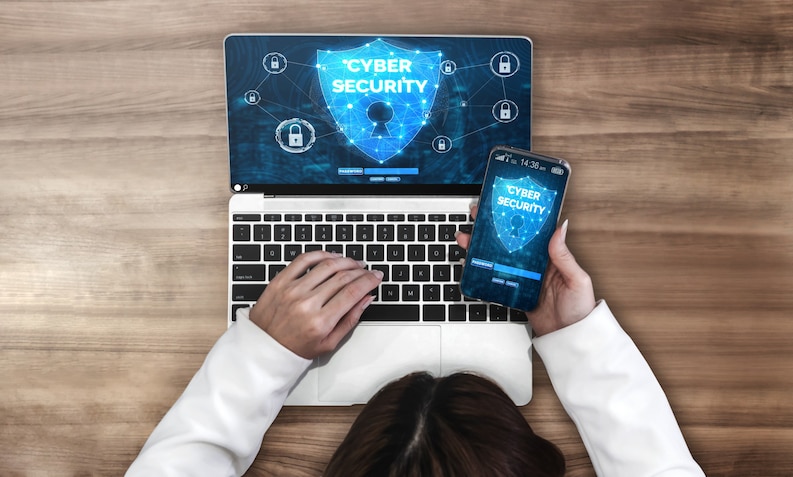In football, defenses use a strategy called a blitz to send more players his way than usual to disrupt the quarterback. It’s called frequently out of direness to proactively change the force of the hostile assault.
A comparative need to get moving remaining parts for little to medium-sized organizations today. They must adopt a “not a matter of if but when” attitude toward their cybersecurity game plan—a proactive approach to their attack—now more than ever.
Two facts might make your helmet shake a little: A concentration by CISCO reveals that 40% of the Little to Medium-Sized Endeavors that confronted a cyberattack experienced no less than eight hours of personal time. A security breach’s overall financial damage is primarily caused by downtime.

9 Effective Tips for Cyber Security
Here are our basic, pragmatic tips to assist with keeping your data completely safe on the web. There’s a visual variant accessible to download in PDF design at the lower part of the page.
Keep Your Software Up to Date
Ransomware attacks were a major attack vector in 2017 for both businesses and consumers, as the preceding statistics demonstrated. Patching out-of-date software, including applications and operating systems, is one of the most important cyber security tips for preventing ransomware. This assists eliminate basic weaknesses that programmers are utilizing to get to your gadgets. Check out our blog post on the best practices for patch management!
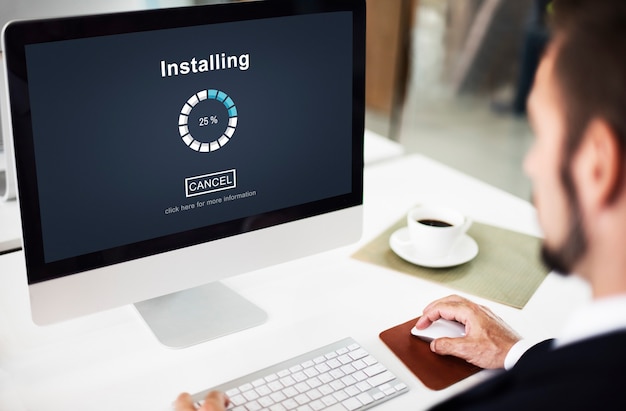
Use Anti-Virus Protection & Firewall
To combat malicious attacks, antivirus software has been the most common solution. Only run one antivirus program on your device and use antivirus software from reputable vendors. Using a firewall is also essential for safeguarding your data from malicious attacks. A firewall helps screen out programmers, infections, and other noxious movements that happen over the Web and figures out what traffic is permitted to enter your gadget. The firewalls that come with Mac OS X & Windows are appropriately titled Windows Firewall & Mac Firewall, respectively.

Use Two-Factor or Multi-Factor Authentication
A service that enhances the standard password-based method of online identification with additional layers of security is known as two-factor authentication or multi-factor authentication. Without two-factor verification, you would typically enter a username and secret key.
Nonetheless, with two-factor verification, you would be expected to enter an extra strategy for confirmation, like a finger impression or an alternate secret key. With multifaceted validation, you would be incited to enter multiple extra confirmation strategies in the wake of entering your username and secret phrase.
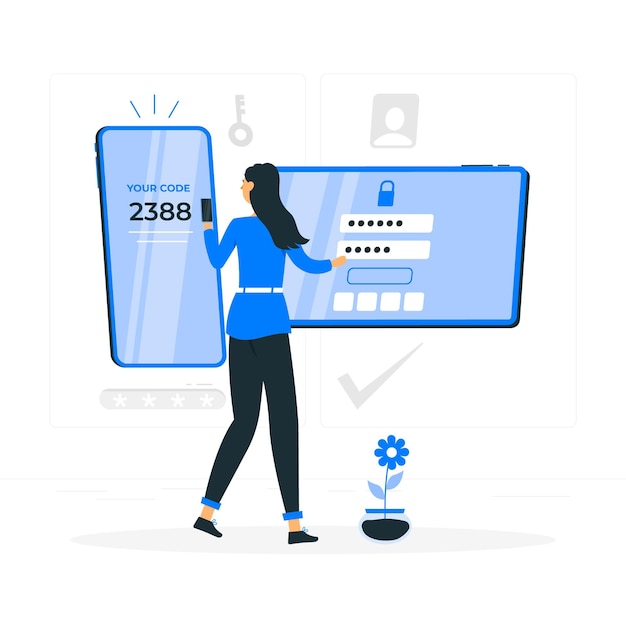
Backup Your Data Regularly
Backing up your information routinely is an ignored move toward individual internet-based security. The top IT and security directors observe a basic guideline called the 3-2-1 reinforcement rule. You’ll keep 3 duplicates of your information on two unique sorts of media and one duplicate in an off-site area. If you become a casualty of ransomware or malware, the best way to reestablish your information is to delete your frameworks and reestablish them with an as-of-late performed reinforcement.
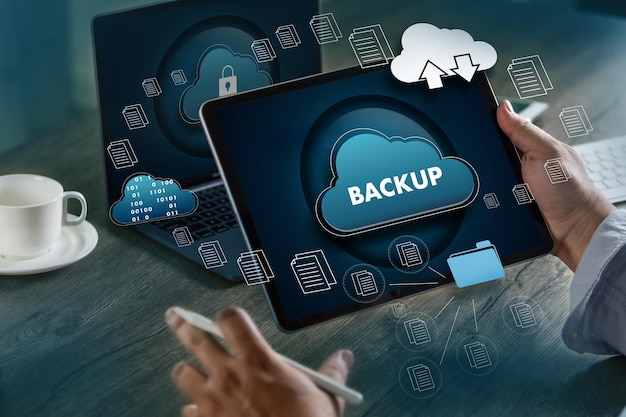
Don’t Use Public Wi-Fi
By utilizing VPN programming, the traffic between your gadget and the VPN server is encoded. Subsequently, it will be substantially more difficult for a cybercriminal to get sufficiently close to your gadget’s information. If you don’t have a VPN, when security is important, use your cell phone network.
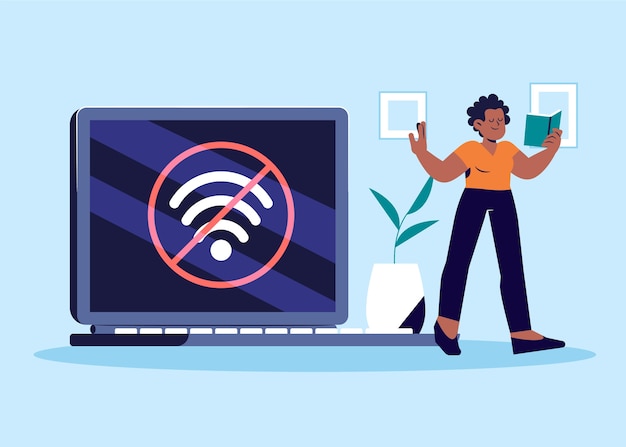
Review Your Online Accounts Regularly for Changes
Due to the recent Equifax breach, consumers must now more than ever monitor their credit reports and safeguard their online accounts. At this moment, the most ideal way to safeguard your credit data from cybercriminals is to place a credit freeze on it. In essence, you can use a personal identification number that only you’ll know to lock your credit. The next time you need to apply for credit, you can use this PIN.
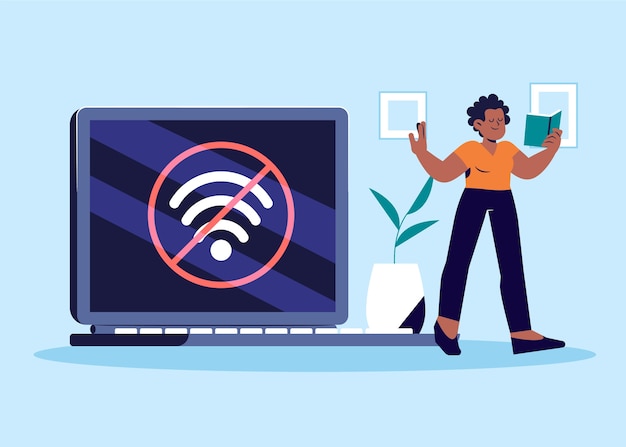
Be Creative with Your Answers to Account Recovery Questions
At the point when you set up another record on the web, you’re frequently approached to set a response to an ‘account recuperation question’. In most cases, these are used to identify you if you forget your password and require a prompt. They tend to be based on easy-to-remember details about you, like the name of your first pet, your mother’s maiden name, or the school you attended. Sadly, these are additionally simple things for an assailant to find out and could be utilized to get close enough to your records without your insight.
Use an Antivirus to Regularly Scan Viruses
You can use antivirus software to find and remove malware from your computer. Windows Defender is a free antivirus that comes with Microsoft Windows 7 and later. If not, purchase a legitimate antivirus program from a well-known, reputable company. Your local computer services company can advise you on the best choice. You could download malware or adware onto your PC as opposed to aiding you identify and eliminate it.
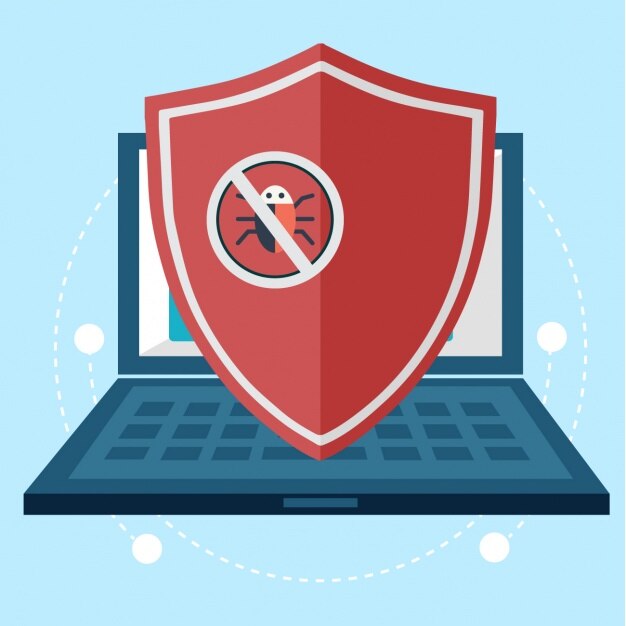
Wrapping It Up
If you keep these hints in mind, you’ll be able to browse, shop, and enjoy the internet without worrying about your digital safety. We have you covered if you want even more information on protecting your business from threats or your data. From infiltration testing to spam sifting, figure out how to shield your business from normal digital dangers. So, why are you still waiting? Begin carrying out these online protection tips today!

